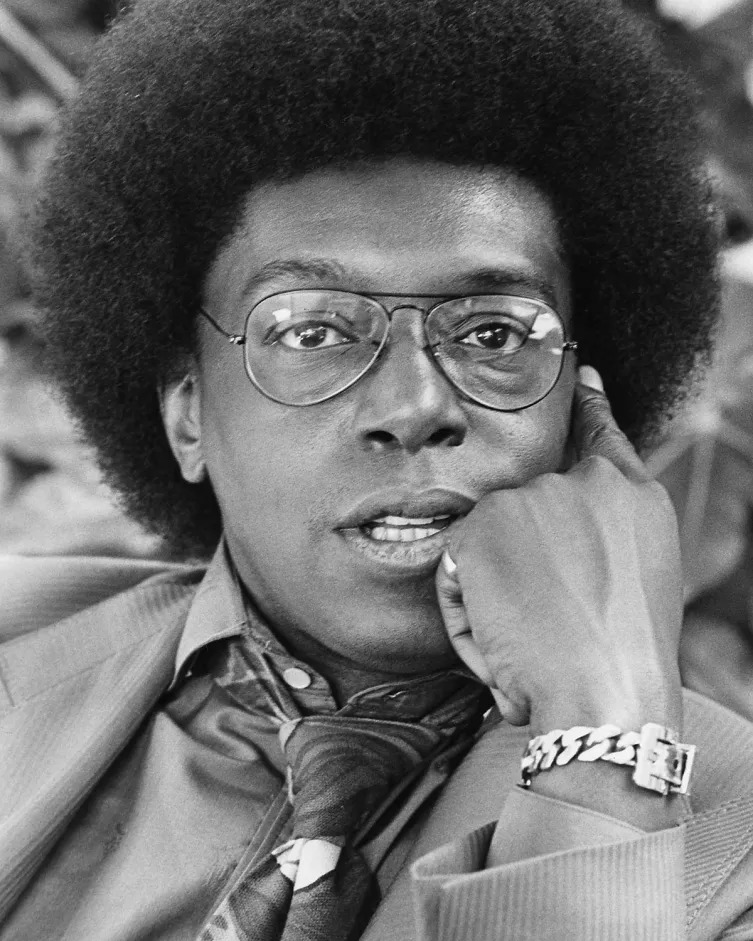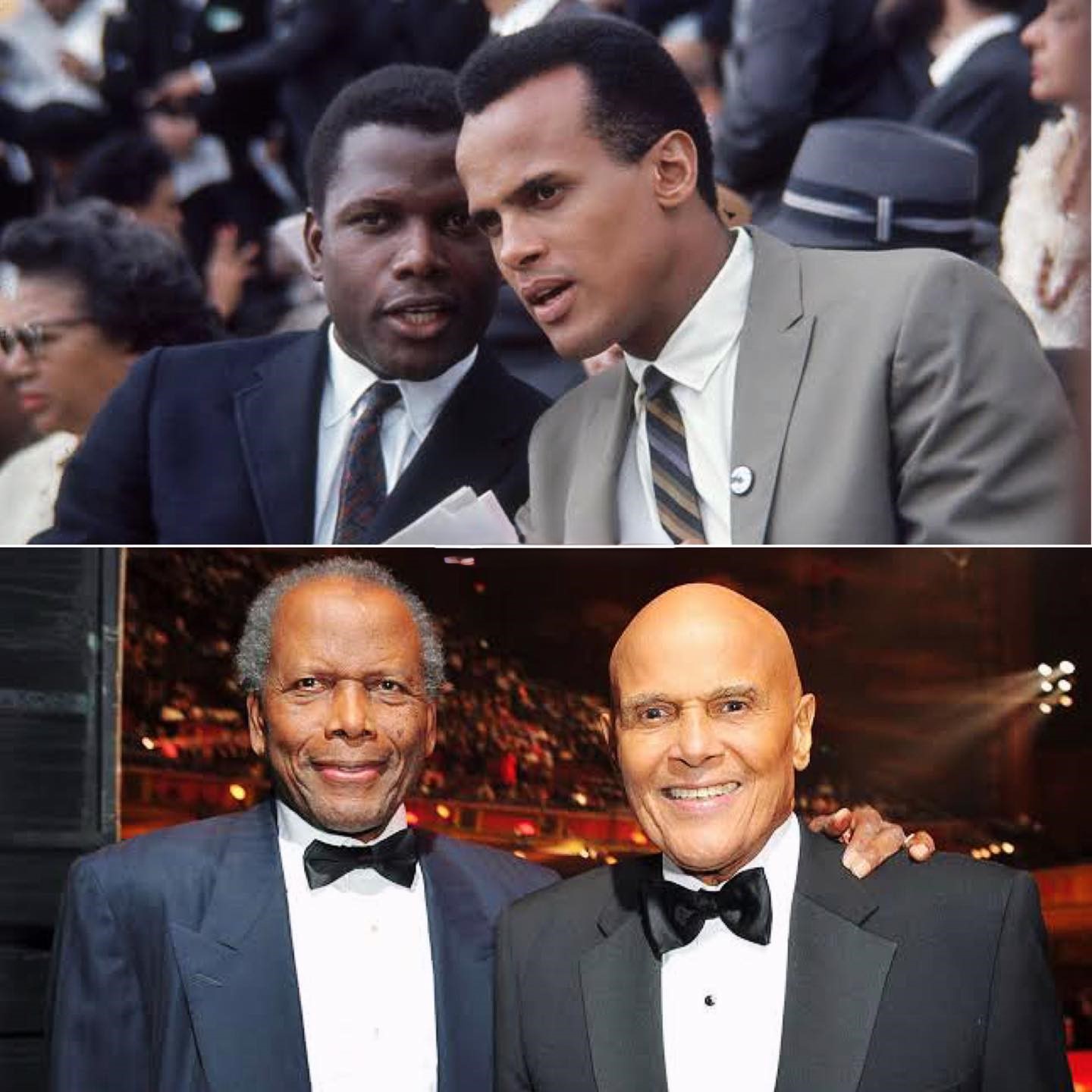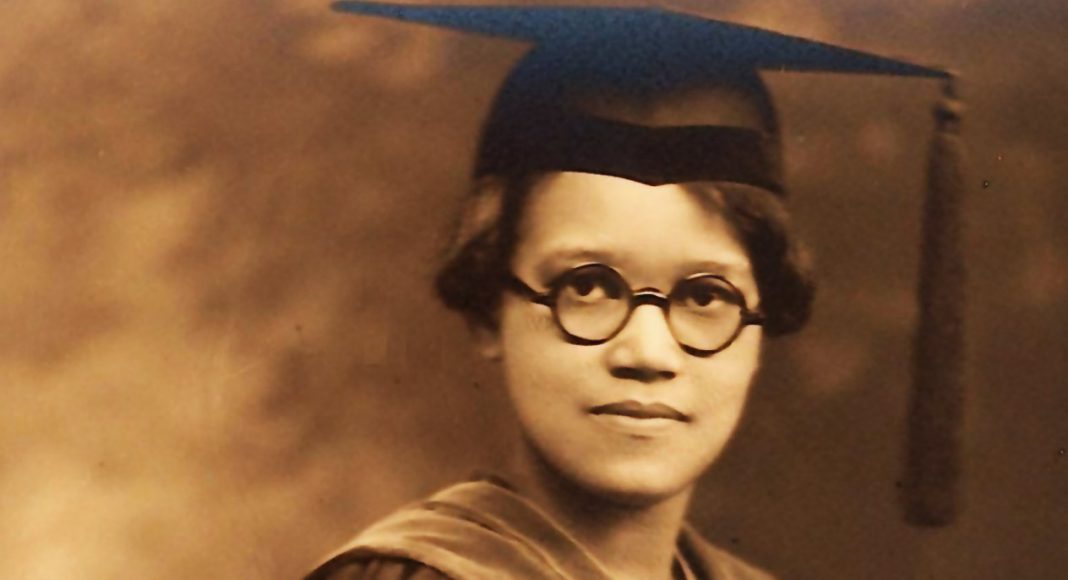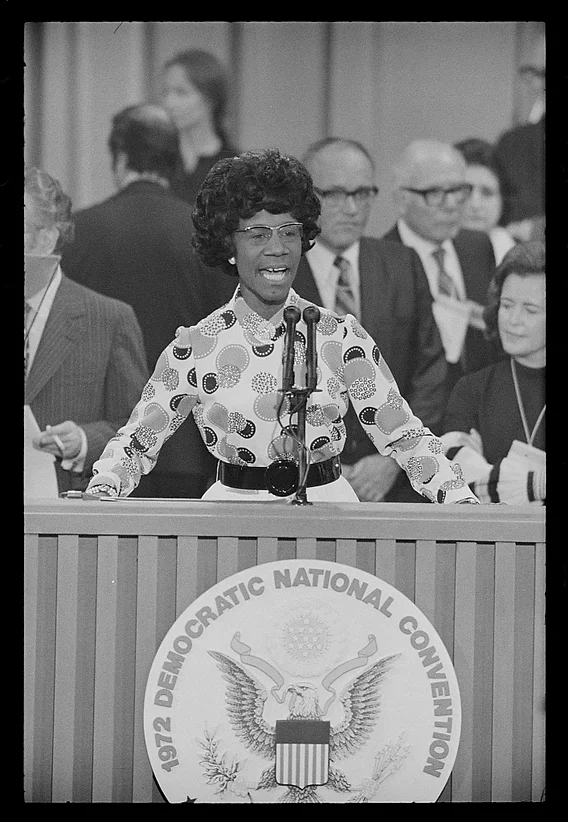Richmond Barthé was an African American figurative artist practising from the 1930s to the 1980s. Well known for his sculpture, Barthé explored the sensuality and spirituality of the human form in his work. He generally, but not exclusively, depicted black people and stories.
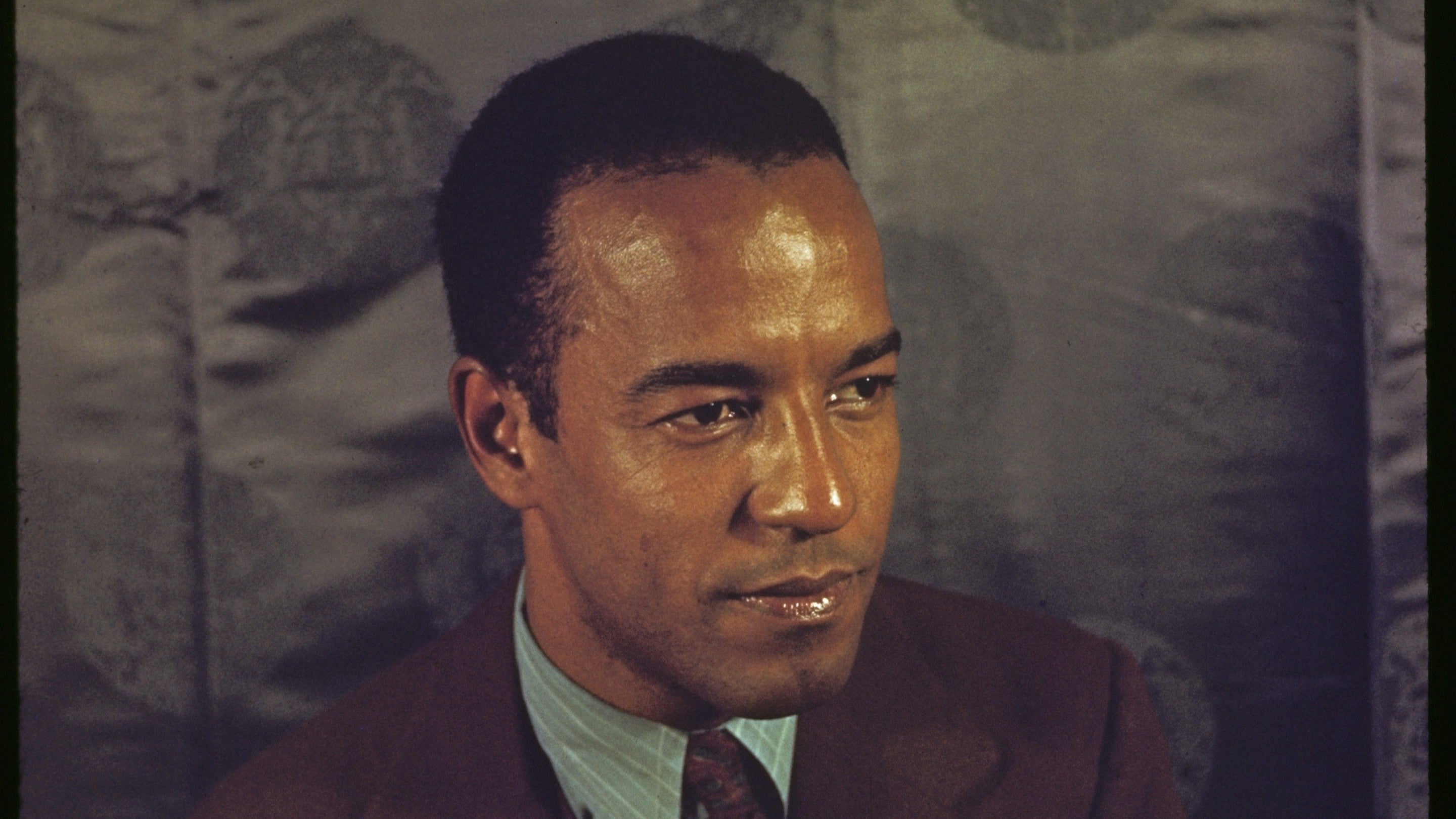
A rare oil on canvas portrait in the collection at Belton House, Lincolnshire, has recently been attributed to Barthé. The portrait offers new insight into a lesser-known aspect of his work and has served as a catalyst for exploring his story.
Formative years in the USA
Born in 1901 in Bay St Louis, Mississippi, James Richmond Barthé was the only son of Richmond Barthé and Marie Clementine (Clémente) Raboteau. He moved to New Orleans as a teenager, and in 1924 the congregation of Barthé’s local Catholic church raised enough money for him to take two terms at an art school. At the time, the only institutions accepting black students were the Pennsylvania Academy of Fine Arts and the School of the Art Institute of Chicago. He was accepted by the latter.
Barthé’s first exhibition was held at the Chicago Women’s Club in 1927, after which he received his first paid sculptural commission that enabled him to enrol as a full-time student. After graduating in 1929, he moved to New York and became closely associated with leading figures in the Harlem Renaissance, notably Alain Locke (1885–1954), who bought his work and helped him to navigate the contemporary art scene and its patronage networks.
Over the next two decades, Barthé became a widely exhibited and critically acclaimed sculptor. Together with paintings by Jacob Lawrence, his bronzes were the first works by an African American artist to enter the permanent collections of the Whitney and Metropolitan museums in New York.
A new life in Jamaica
In 1949 at the height of his international career, Barthé decided to leave New York for Jamaica, living there until 1969. He had become increasingly frustrated by the politics of the New York art world and he imagined Jamaica would allow him to build a new creative life, where he could refashion himself as a painter. Barthé kept an open studio at his Jamaican home, Iolaus, in St Ann Parish and generated income by selling work to visiting expatriates and tourists.
In 1958, he held a solo exhibition of drawings and paintings at the Institute of Jamaica in Kingston, mostly portraying rural Jamaicans. This secured his representation at the Hills Gallery, a contemporary art gallery also in Kingston. A year later in 1959, during the mounting civil rights and Jamaican independence movements, he’d model one of his most powerful and political sculptures to date, the Awakening of Africa.
The reality of Barthé’s Jamaican experience was complex and at times troubled. A celebrated sculptor in New York, he found geographic separation from the mainland United States to be professionally isolating. During his time in Jamaica, Barthé never felt like he fully fitted in. His neighbours are said to have considered him an outsider due to his profession and life as an artist in America. They saw him as a privileged black man and a member of the upper class.

Seated Man in a Landscape by Richmond Barthé, c. 1950–58, Belton House, Lincolnshire | © National Trust ImagesSeated Man in a Landscape c. 1950–58
A small housekeeping staff cared for Barthé at Iolaus. Among them was Lucian Levers, a young man who became the artist’s principal model and the subject of several pastels, oil paintings and sculptures. Levers can be identified as the sitter in Seated Man. In this portrait, Levers is seated in profile against a painted backdrop of an idealised rural scene, with Jamaica’s Blue Mountains in the distance. He’s perhaps in the guise of an agricultural worker.
Exactly how this painting came to be at Belton House is unknown, but it’s likely to have been acquired by Peregrine Cust, 6th Baron Brownlow (1899–1978), who kept a holiday home in Jamaica. The Brownlows may have known Barthé socially or may have bought or been given the painting at the artist’s home studio.

Contemporary artists reflecting on Seated Man in a Landscape, Belton House, Lincolnshire | © National Trust
Video: Inspired by Barthé
To celebrate Black History Month, take a closer look at Richmond Barthé’s life, Seated Man in a Landscape and how the painting resonates with contemporary black artists. This specially commissioned film, narrated by DJ and presenter Trevor Nelson, features a range of black artists who discuss what creativity means to them in our modern world and the obstacles Barthé may have had to overcome as an artist during his time.


